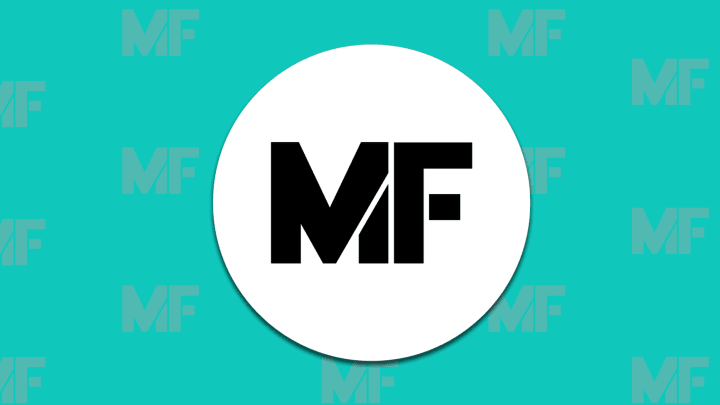There was nearly as much action and intrigue behind the scenes of this 1999 Mel Gibson flick as there was in the movie. Check out these 15 little-known facts about Payback.
1. Payback is based on the novel The Hunter by Donald E. Westlake.
The Hunter (written by Westlake under the pseudonym “Richard Stark”) was previously adapted for the screen in 1967 as Point Blank, directed by John Boorman and starring Lee Marvin.
2. Payback is Brian Helgeland’s directorial debut.
Before making Payback, Helgeland had primarily been known as a screenwriter—he won the Academy Award for Best Adapted Screenplay for 1997’s L.A. Confidential.
3. Mel Gibson and Helgeland met on set of the film Conspiracy Theory, which Helgeland wrote.
Helgeland showed Gibson the first 30 pages of the script for Payback and Gibson—acting on behalf of his production company, Icon Productions—guaranteed to make the movie if Helgeland could start shooting within 12 weeks.
4. Maria Bello was cast after Helgeland saw an audition she did for a completely different movie.
Helgeland was having difficulty finding an actress to play the Rosie character, so he took a look at a random group of Warner Brothers casting tapes. He came across the audition tape Bello made for a Superman movie that was never greenlighted and liked it so much that he sought her out to play Rosie.
5. Helgeland was inspired by gritty crime dramas from the 1970s.
He used films like The Getaway, Dirty Harry, and Charley Varrick for visual references. In fact, the restaurant that Stegman takes Val to is named Varrick’s as a nod to Charley Varrick.
6. Albert Brooks and Ted Danson auditioned to play Val Resnick.
Gregg Henry (Scandal, The Killing) was ultimately cast.
7. Helgeland originally storyboarded the entire movie—only to scrap his plans.
Instead, he elected to block every shot on set each day to lend a more spontaneous and gritty feel to the film.
8. All of the film’s exteriors were shot in Chicago.
But all of the interiors were shot in Los Angeles.
9. Helgeland wanted to shoot the film in black and white.
But the studio wouldn’t let him. Instead, a bleach bypass process was done in post-production in order to filter down the film’s color tones to make it more reminiscent of a black and white movie.
10. All of the cars used in the film were from 1989 or earlier.
This gave the movie a throwback feel. Additionally, all of the phones are rotary phones. Helgeland didn’t want viewers to be able to pin down the era in which the film took place.
11. Helgeland was fired as director before the film wrapped production.
He and the studio disagreed over the original ending of Payback, and when a consensus couldn’t be achieved, Helgeland was fired. A new director was brought in to reshoot—these new scenes make up about 30 percent of the theatrical cut.
12. The studio couldn’t have had worse timing with Helgeland’s firing.
Helgeland got the axe just three days after winning his Academy Award for LA Confidential.
13. The original version didn’t have a voiceover.
Nor did it include Kris Kristofferson’s character, and it had a completely different ending.
14. The image of Mel Gibson from the film’s theatrical poster is from Helgeland’s original ending.
It doesn’t actually appear in the film’s theatrical release.
15. In 2007, Helgeland was able to re-cut the film into his original vision.
It was released as Payback: Straight Up—The Director’s Cut.
